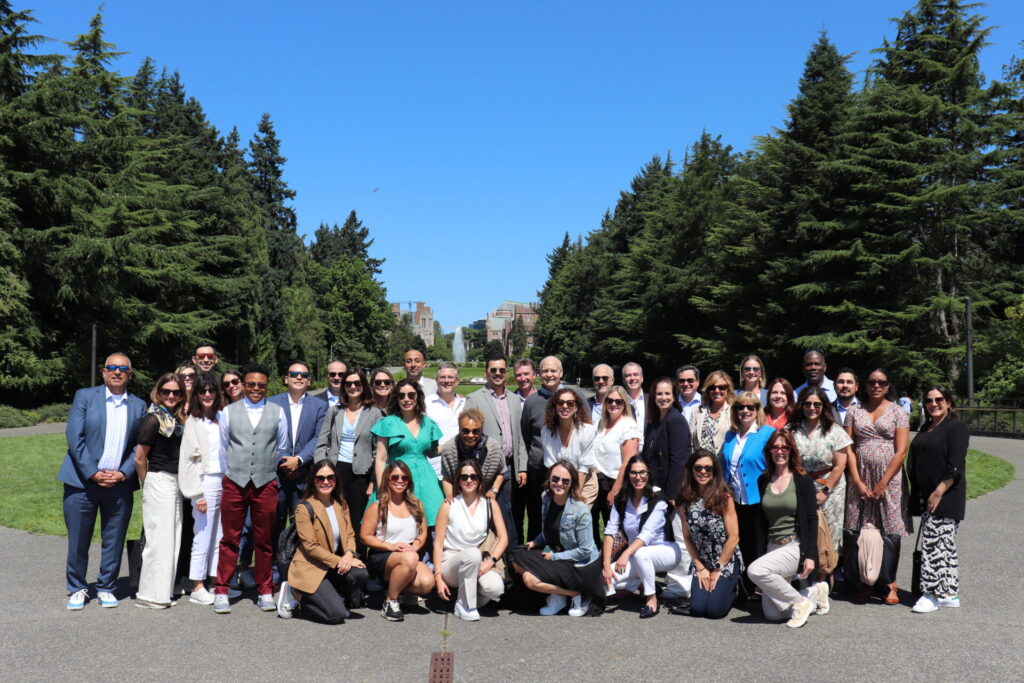Advancing San Diego: Bridging education and industry
EDC’s Advancing San Diego (ASD) internship program, run in partnership with the Border Region Talent Pipeline K-16 Collaborative and Imperial Valley EDC, has transformed how students across San Diego gain early career experience, while helping local businesses address talent needs. In summer 2024, the ASD program placed 358 interns at 104 companies across San Diego and Imperial Counties, creating an invaluable bridge between education and industry in high-growth, high-wage fields like engineering, computing, and business. That’s up from 48 interns placed in summer 2023. This program plays a crucial role in addressing regional talent shortages, helping local companies access vetted, diverse talent and offering students paid, hands-on learning opportunities in high-demand industries.
Summer 2024 by the numbers
*Priority populations include low-income individuals, first-generation college students, current community college students or community college transfers, veterans and active-duty military students, and students with disabilities
Addressing the talent gap with community impact
At the heart of ASD’s mission is a commitment to reaching under-resourced communities, ensuring that students from diverse backgrounds gain valuable career experience while helping local businesses address critical talent needs. Companies apply each year by early spring to host students from Advancing San Diego Verified Programs to be interns. These Verified Programs are selected based on industry-determined criteria, including industry engagement, diversity, equity, and inclusion, as well as curriculum that teaches the most in-demand skills in computing, engineering, and business. This approach ensures that students’ skills align with evolving workforce demands, enhancing the overall impact of the internship experience.
Once companies are selected, students from Verified Programs apply for their top five preferred positions. There are not enough positions for every student, so those who identify with the program’s priority populations get preferred access to available positions, with 73 percent of the interns identifying with one or more of the priority populations this past summer. Importantly, ASD provides financial support through the K-16 Collaborative, covering competitive intern wages and saving local companies more than $2 million in payroll costs, ensuring businesses can prioritize mentorship and on-the-job training over recruitment logistics.
Real-world experience and career advancement
Every year the ASD internship program provides students with valuable work experience directly linked to their academic pursuits, equipping them with practical skills and career confidence. At the same time, EDC’s program enables companies to benefit from student contributions, with a 17 percent conversion rate of interns into full-time employees in 2024. For employers, this means reduced time spent on recruitment and a pipeline of highly motivated, well-prepared candidates who bring immediate value.
“I was drawn to this internship program because of my commitment to social mobility and reducing socioeconomic gaps. Companies have a pivotal role in building a more equitable future, especially by empowering the next generation of talent. My favorite part about working with the Advancing San Diego interns at ChakraTech has been their contagious enthusiasm and unwavering dedication to the work.”
—Ravi Chawla, founder and CEO of ChakraTech; ASD summer intern host
Is your company interested in hosting summer interns in 2025?
LET US KNOW BY FILLING OUT THIS FORM
Learn how employers can bolster the local talent pipeline
To learn more and get involved in EDC’s work, contact:
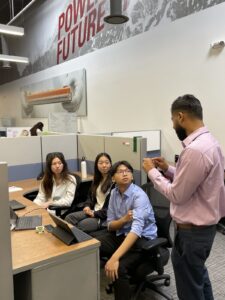


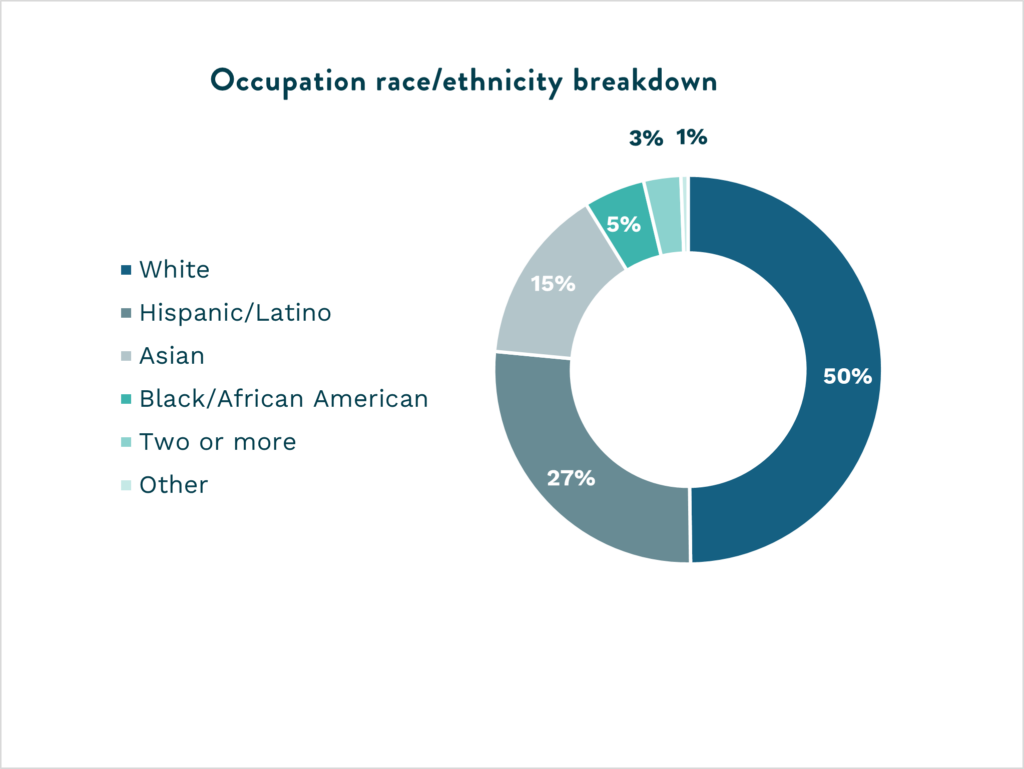
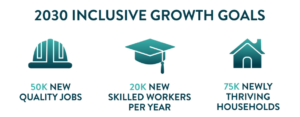
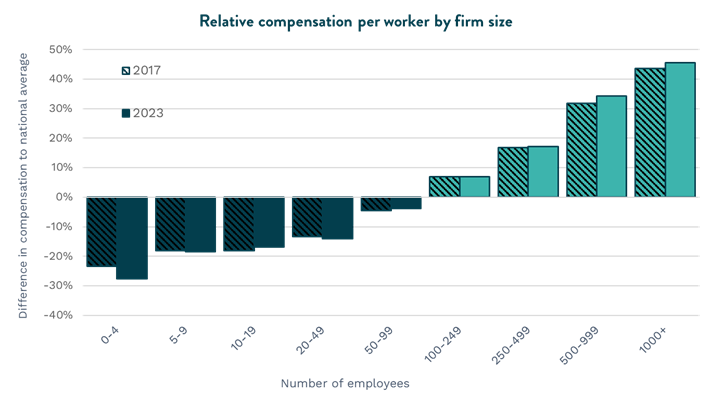

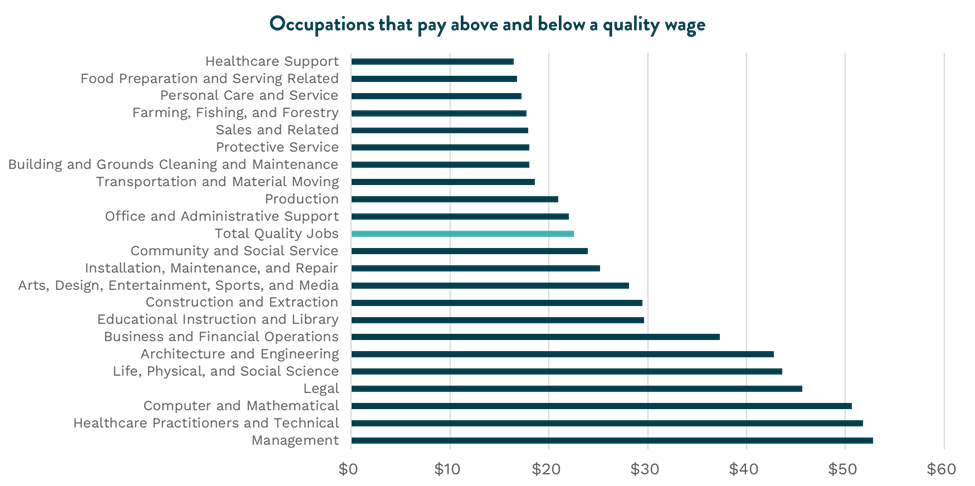
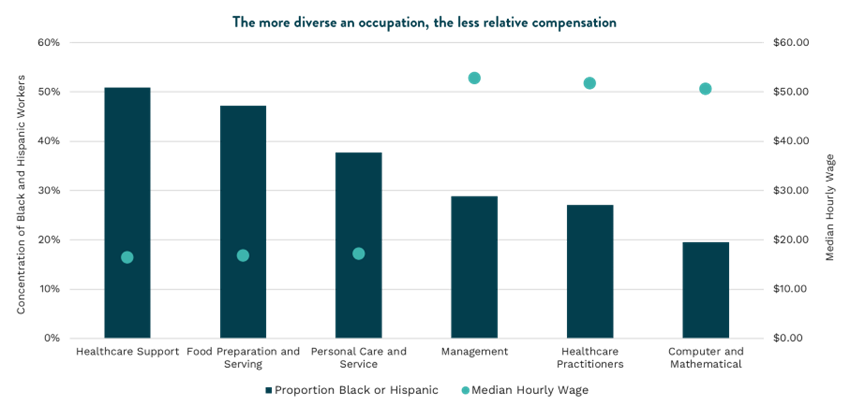
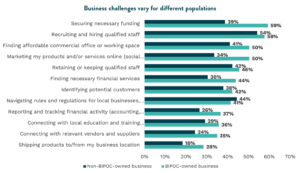

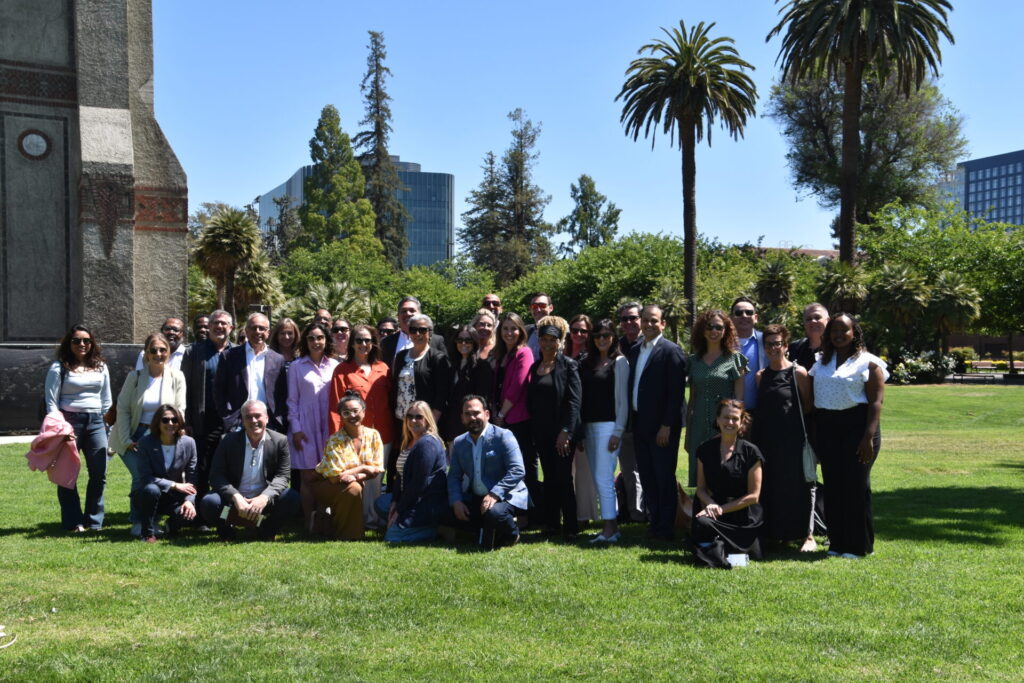

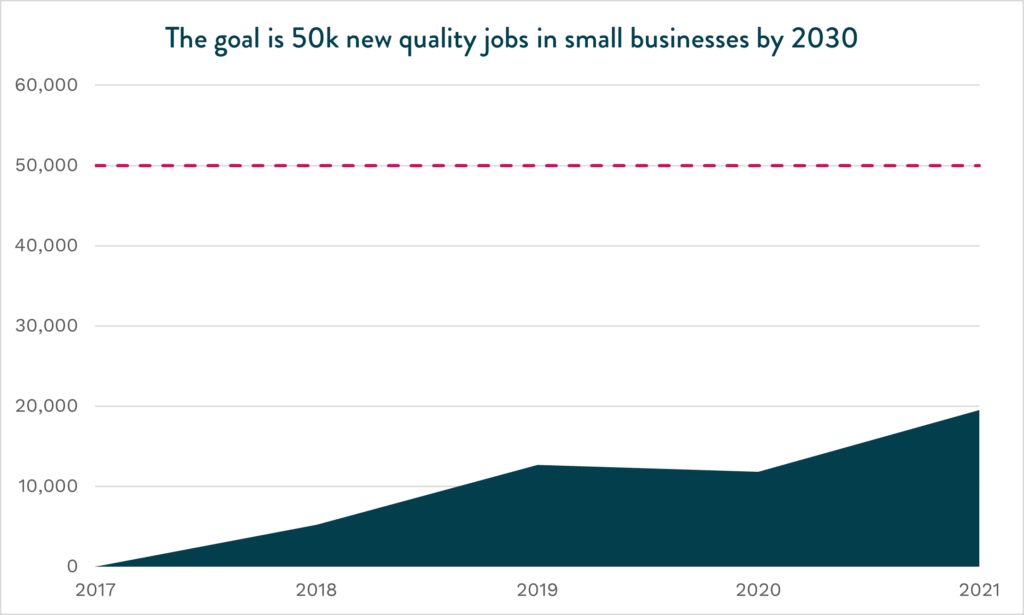
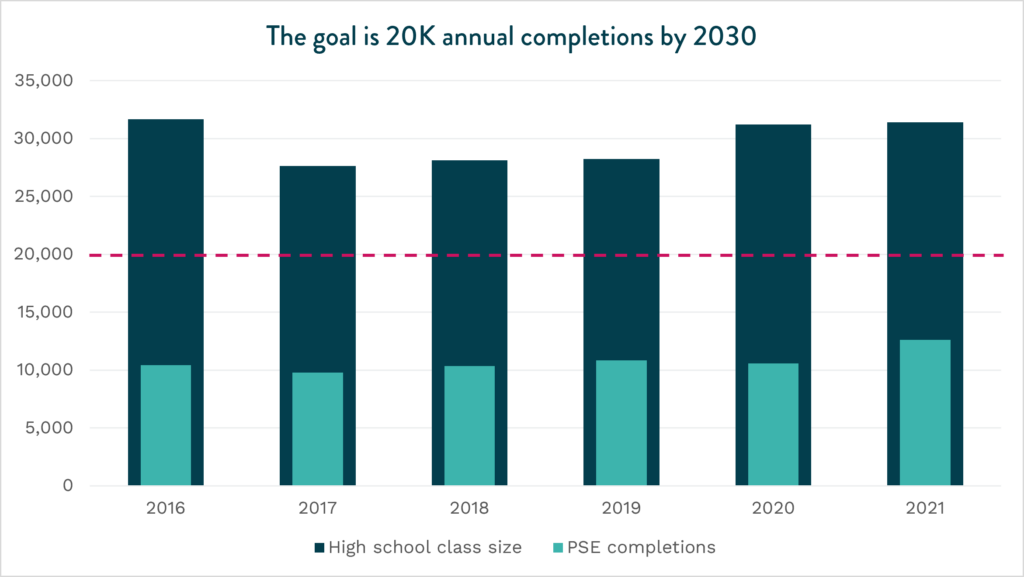
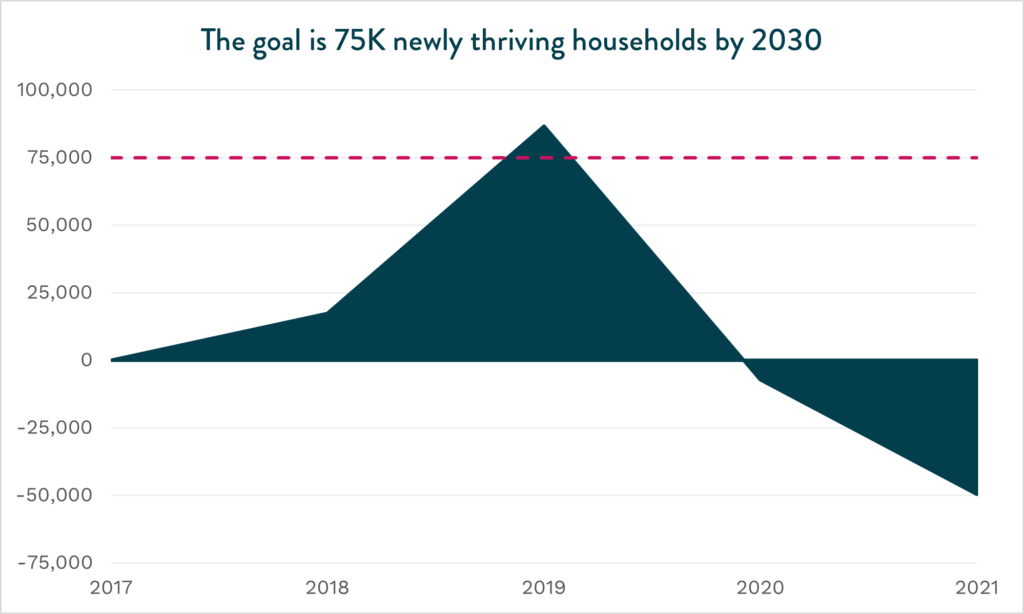
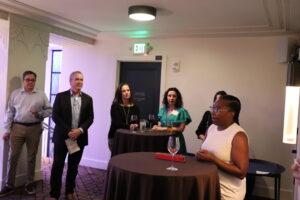 One inspiring moment was when our group heard from Alesha Washington, CEO of the
One inspiring moment was when our group heard from Alesha Washington, CEO of the 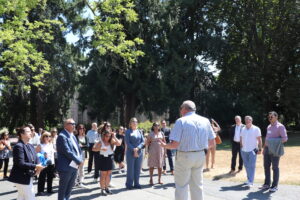 For decades, the inclusion challenge was left only to the social services and philanthropic community to solve. Now, the business case has been made and it is clear inclusive growth is imperative to the region’s competitiveness. Without it, industry too will cease to thrive.
For decades, the inclusion challenge was left only to the social services and philanthropic community to solve. Now, the business case has been made and it is clear inclusive growth is imperative to the region’s competitiveness. Without it, industry too will cease to thrive.